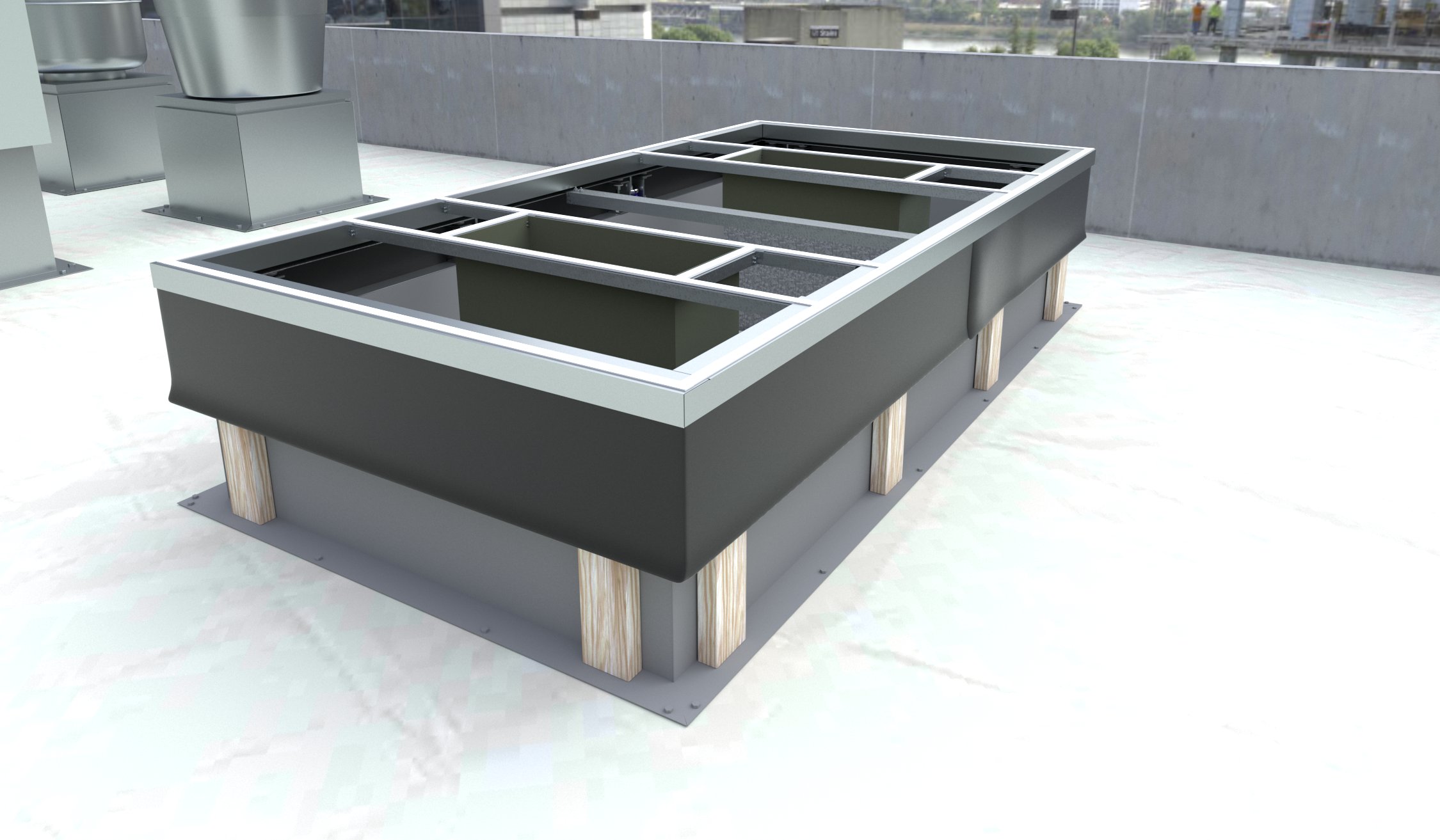Rethinking rebar: Reinforcement goes green
Green steel
Composite rebar is certainly leading the pack when it comes to lowering embodied carbon in reinforcement, but this does not mean the steel industry is not pursuing other changes in the face of climate change. As previously described, newer electric arc furnaces are operating with far fewer emissions than older basic oxygen furnaces. Along with modernization of many of the world’s electrical grids, the steel industry’s carbon footprint has been reduced by 36 percent, according to the Steel Market Development Institute.
In the present market, specifying that suppliers must have product-specific Type III Environmental Product Declarations (EPDs), or specifying rebar producers who are already disclosing their impacts through EPDs are some of the best ways to support data transparency and data quality, and ultimately drive decarbonization in the steel industry. Sourcing rebar supplied from EAF mills is also advisable, as it will help support the transition to a greater share of EAF production over BOF-milled steel.
Several producers in the industry are also seeking to tackle the challenge of finding electric alternatives to the high-heat processes which make it so difficult to decarbonize steel production.
This includes exploring substitutes for traditional fossil fuels for driving high-heat processes, such as biomass-based fuels, or hydrogen-based production. No doubt, more innovation in these markets and production technologies is a critical part of the decarbonization pathway.
A future with lower carbon steel starts with requiring EPDs for reinforcement products. Project teams should start to prioritize lower carbon products like composite reinforcement or EAF rebar in the earlier stages of planning and communicate with supply team partners to stay informed on best practices.

 Chris Bennett, iSCS, CDT, is CEO of a North American concrete consultancy that provides owner and designer representation, helping oversee documents and installation in the development of sustainable concrete solutions as well as risk and schedule reductions. Bennett has provided input to the National Research Council Canada for National Master Specification (NMS) content and is currently serving as president at the International Society for Construction Sciences (iSCS). He can be reached at bennettbuild.us.
Chris Bennett, iSCS, CDT, is CEO of a North American concrete consultancy that provides owner and designer representation, helping oversee documents and installation in the development of sustainable concrete solutions as well as risk and schedule reductions. Bennett has provided input to the National Research Council Canada for National Master Specification (NMS) content and is currently serving as president at the International Society for Construction Sciences (iSCS). He can be reached at bennettbuild.us. Aurora Jensen is a project manager and materials specialist in Brightworks’ office in New York, where she specializes in embodied carbon measurement and reduction strategies. She also has experience in operational carbon modeling and evaluating passive strategies, and helps clients link operational and embodied carbon considerations and evaluate trade-offs. Jensen currently sits on the steering committee for the Carbon Leadership Forum in New York City and teaches Environmental Design as a part-time faculty member at Parsons at The New School. Jensen received her Masters in Design Studies in Energy and Environment with distinction from the Graduate School of Design at Harvard University. She can be reached at aurora.jensen@brightworks.net.
Aurora Jensen is a project manager and materials specialist in Brightworks’ office in New York, where she specializes in embodied carbon measurement and reduction strategies. She also has experience in operational carbon modeling and evaluating passive strategies, and helps clients link operational and embodied carbon considerations and evaluate trade-offs. Jensen currently sits on the steering committee for the Carbon Leadership Forum in New York City and teaches Environmental Design as a part-time faculty member at Parsons at The New School. Jensen received her Masters in Design Studies in Energy and Environment with distinction from the Graduate School of Design at Harvard University. She can be reached at aurora.jensen@brightworks.net.






